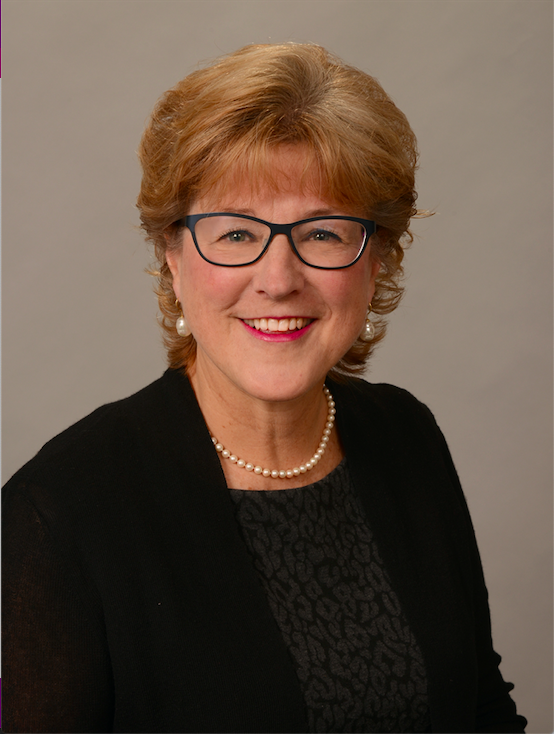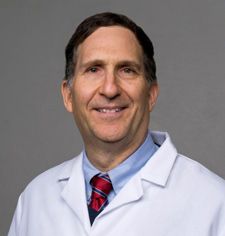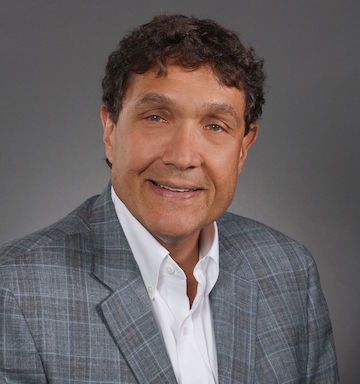Article
Novel Therapies for SMA Have Changed the Way Patients Are Classified, Dr Vamshi Rao Explained
Author(s):
The new therapies for spinal muscular atrophy (SMA) have had such a profound impact on disease trajectory that classification terminology has been changed, said Vamshi Rao, MD, attending physician, Children’s Hospital of Chicago, and assistant professor, Northwestern University Feinberg School of Medicine.
Novel disease-modifying therapies for spinal muscular atrophy (SMA) have changed the disease trajectory for patients with the disease, said Vamshi Rao, MD, attending physician, Children’s Hospital of Chicago, and assistant professor, Northwestern University Feinberg School of Medicine.
The impact of these therapies is so pronounced that classification terminology has changed to classify individuals with SMA based on their functional abilities instead of the lack of a certain ability, he added.
In an interview with The American Journal of Managed Care® (AJMC®), Rao also discussed assessments to determine treatment success and failure and gaps in therapy for patients with SMA.
AJMC®: Novel disease-modifying therapies for SMA have become available in the past few years. What is the expected outcome for these therapies? Are we looking for a specific functional improvement? Elimination of disease versus slowing decline?
Rao: Three different drugs have been approved for SMA since 2016. These drugs definitely have changed the landscape for the better. The effect of these medications has not only been to slow disease progression overall, but it actually has been on improvement in the SMA phenotype. For example, children particularly the younger and the more severely affected children—that is, children we call type 1 SMA—have shown and are continuing to show considerable improvement in their motor function.
These improvements have prolonged not only overall survival but survival, in a lot of instances, without the need for assistive devices, such as permanent ventilation or feeding tubes. Children and adults have also had improvements in various motor strand domains, such as the ability to sit, the ability to walk, and those who actually had the previous ability to walk, to be able to actually walk longer and actually have more endurance doing that.
AJMC®: What sort of assessments or measures do you utilize in clinical practice to determine treatment success and treatment failure?
Rao: We actually have multiple outcome measures that are applied. We base these outcome measures on the age of the individual and the functional ability. For example, some of these measures such as CHOP INTEND [Children’s Hospital of Philadelphia Infant Test of Neuromuscular Disorders] or the HINE-2 [Hammersmith Infant Neurological Examination — Part 2] or the World Health Organization motor milestones, etc, can be applied to children who have not achieved the ability to sit. These are some of the measures that we can use to just cater to those individuals.
There are other measures that are a little bit more advanced and applicable to people who can sit. These are measures such as the expanded Hammersmith Functional Motor Scale or the Revised Upper Limb Module, which can measure more upper limb measures in folks who are sitting but cannot walk. We can also measure what we call Motor Function Measure scale, which is the MFM32, for individuals who can sit. These are both children and adults.
Now, folks who have SMA who can walk, we use different measures in addition. We can use measures such as time function testing. For example, how much time it takes them to get up and go, or things like 6-minute walk distance. These are all these measures that can look for improvements that are based on treatment.
What is also important, last but not least, is we have caregiver questionnaires. These can assess things such as quality of life and what the caregivers perceive are improvements that they’re noticing in their children or their partners or their families that are changes that they happen to notice at home. These are in addition to the measures that we look at in the clinic setting that can help give us an idea about change. Hopefully these changes are actually improvements in the trajectory.
AJMC®: Is there anything else you want to add just in terms of how these therapies have changed what life with SMA looks like for patients?
Rao: As I alluded to earlier, the initiation of these therapies has definitely changed the disease trajectory for the better. In fact, with changing phenotype or how disease progresses or doesn't, and what these individuals look like. We have actually had to change our classification terminology. We are now classifying individuals with SMA based on their functional abilities not the lack of a certain ability.
Just to give you an example: children who did not achieve the ability to sit were called type 1. This was based on inability to sit and other factors, such as number of copies that they had of this backup gene called the SMN2. But now we've changed that. We've changed it to sitters versus non-sitters or walkers. Because we are changing the phenotype. Children who were type 1, traditionally according to the classification, because they've achieved the ability to sit independently after treatment, we can't call them type 1 anymore. We are calling them sitters versus non-sitters versus walkers. Definitely it has changed the landscape of the disease trajectory of SMA.
AJMC®: What gaps in therapy do patients with SMA experience, and how can these gaps be reduced?
Rao: Sadly, there are multiple gaps in the ability to receive therapy. For somebody who is not just a neuromuscular neurologist but a citizen of the society in general, I think some of these gaps are societal. They are related to things that we are battling in medicine in general, which really is because of health inequity and literacy.
Other systemic issues that can be pervasive are related to payers and their ability to pay, or the denials that we get from payers. Some of these issues, I think can be grouped into lack of awareness about the mechanism of actions of these drugs, and all the positive changes that have been brought about by treatment. Some of these can stem from the strict adherence by some payers to clinical trial results only and not looking at a larger real-world result that has happened after clinical trials. The policies sometimes can get very restrictive in terms of who has access to therapy and who doesn't. That restriction sometimes is not only a go/no go situation, but sometimes it is also delay that can lead to treatment inadequacy or failure because of when it was instituted.
The other gap that I think we had, and fortunately is getting better, was this lack of universal ability of experts that led to early diagnosis. That is definitely not a big issue as most of the states have adopted SMA newborn screening. It is on the panel on most of the states, if not all, I believe at this point. Maybe 1 or 2 states don't have it. That actually was a big gap in treatment and that's being remedied.
How can we work on these gaps? How can we make it better? Based on what we talked about in terms of these gaps in therapy, I think solutions are either changes that are systemic like working on health inequity, where we are really drafting policies that take away some of those health inequities. But from a very personal specific SMA point of view, I think it's really raising awareness among health care providers, payers, and individuals with SMA and their families. I think the newborn screen was a right step in the direction of reducing diagnostic delays. But we still have treatment delays.


